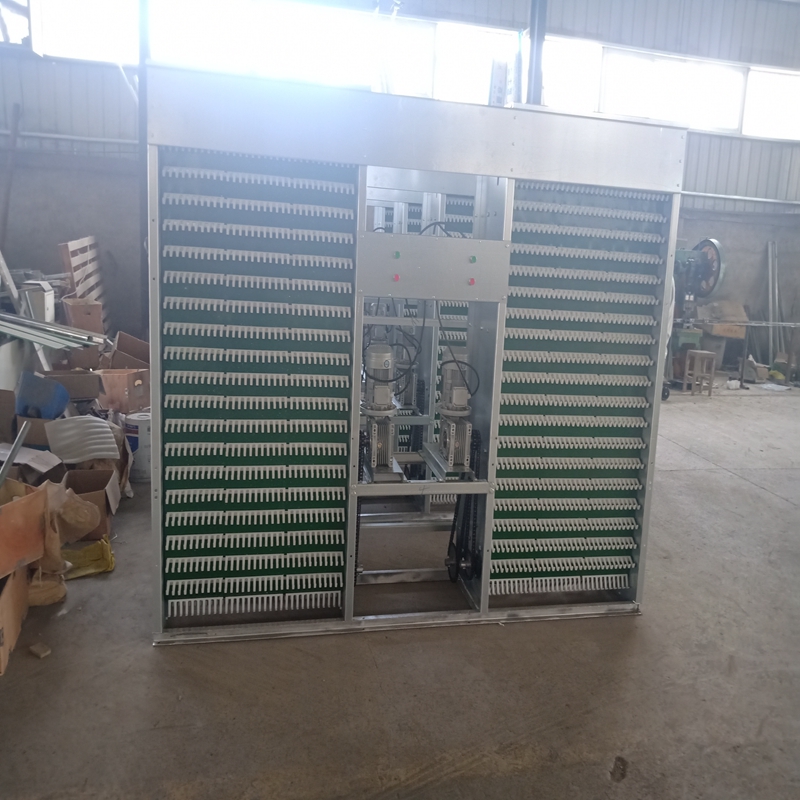cooling pad for evaporative cooler
Nov . 20, 2024 18:49 Back to list
cooling pad for evaporative cooler
The Importance of a Cooling Pad for Evaporative Coolers
As summer approaches, maintaining comfort at home becomes a priority for many. With the rising temperatures, air conditioning often comes to mind as the go-to solution. However, evaporative coolers—also known as swamp coolers—are gaining popularity, especially in arid climates where humidity levels are low. Central to the efficiency of an evaporative cooler is its cooling pad. In this article, we will explore what cooling pads are, how they function, and why they are crucial for optimizing the performance of evaporative coolers.
Understanding Evaporative Coolers
Evaporative coolers work by utilizing the natural process of water evaporation to cool the air. They draw warm air from the outside through moist cooling pads. As the air passes through these pads, the water evaporates, resulting in a drop in temperature. The cooled air is then circulated throughout the indoor space, providing a refreshing atmosphere.
The Role of Cooling Pads
Cooling pads are the heart of an evaporative cooler. Typically made from cellulose, aspen, or fiberglass, these pads are designed to absorb large amounts of water. The material and design of the cooling pad affect the overall cooling efficiency of the unit. When air flows through the wetted pad, it not only cools the air but also humidifies it, making it particularly effective in arid climates.
Types of Cooling Pads
1. Cellulose Pads These are made from recycled paper products that have been treated to resist decay. They are highly efficient, allowing for better air flow and moisture retention, leading to optimal cooling performance.
2. Aspen Pads Made from aspen wood shavings, these pads are less efficient than cellulose pads but are biodegradable. They are commonly used in residential settings due to their availability and cost-effectiveness.
3. Fiberglass Pads Durable and resistant to mold, fiberglass pads are ideal for larger evaporative cooling systems. They offer good air flow but may not retain moisture as well as cellulose pads.
Selecting the Right Cooling Pad
cooling pad for evaporative cooler

Choosing the right cooling pad for your evaporative cooler involves several considerations. Factors such as the climate, the size of the unit, and the intended use of the cooler should all be taken into account. In general, cellulose pads are recommended for their superior cooling capacity, especially in hotter regions. On the other hand, aspen pads might be suitable for less demanding environments.
Maintenance and Replacement
To ensure that your evaporative cooler functions effectively, regular maintenance of the cooling pads is crucial. Over time, pads can become clogged with minerals and debris, reducing their efficiency. It is advisable to clean or replace the pads at least once each cooling season. This not only maintains optimal cooling power but also prolongs the lifespan of the unit.
As a general rule of thumb, cooling pads should be replaced every few years depending on usage and local water quality. If you notice decreased airflow or elevated energy consumption, it may be time to inspect your cooling pads.
Benefits of Using Cooling Pads
1. Energy Efficiency Evaporative coolers with high-quality cooling pads consume significantly less energy compared to traditional air conditioning systems. This translates into lower utility bills.
2. Eco-Friendly Evaporative coolers use only water to cool the air, making them an environmentally friendly alternative to refrigerants used in conventional air conditioners.
3. Improved Air Quality Evaporative coolers not only reduce the temperature but also increase humidity, improving air quality and providing relief from dry air discomfort.
4. Cost-Effectiveness The initial investment and maintenance costs for evaporative coolers are generally lower than those for traditional air conditioning systems, making them a budget-friendly cooling option.
Conclusion
In conclusion, cooling pads play a vital role in the performance of evaporative coolers. Understanding their function and importance can help homeowners make informed decisions about their cooling solutions. By selecting the right type of cooling pad and ensuring regular maintenance, users can maximize the efficiency and effectiveness of their evaporative coolers, ensuring a comfortable living space during the sweltering heat of summer. As we continue to look for energy-efficient and sustainable cooling options, the role of cooling pads in evaporative coolers cannot be overlooked.
-
Hot Sale 24 & 18 Door Rabbit Cages - Premium Breeding Solutions
NewsJul.25,2025
-
Automatic Feeding Line System Pan Feeder Nipple Drinker - Anping County Yize Metal Products Co., Ltd.
NewsJul.21,2025
-
Automatic Feeding Line System Pan Feeder Nipple Drinker - Anping County Yize Metal Products Co., Ltd.
NewsJul.21,2025
-
Automatic Feeding Line System - Anping Yize | Precision & Nipple
NewsJul.21,2025
-
Automatic Feeding Line System - Anping Yize | Precision & Nipple
NewsJul.21,2025
-
Automatic Feeding Line System-Anping County Yize Metal Products Co., Ltd.|Efficient Feed Distribution&Customized Animal Farming Solutions
NewsJul.21,2025






